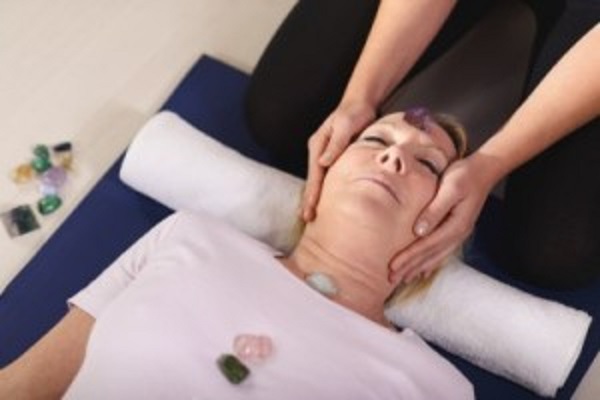Some form of back pain is extremely common among the elderly. Back pain is often caused by trauma from a sudden strain on the spine. However, there is a more serious reason for back pain. This could be a condition known as Ankylosing Spondylitis.
What is Ankylosing Spondylitis?
Ankylosing Spondylitis or AS is different from your normal back pain caused by physical trauma. This condition is due to inflammation in the vertebrae. AS can cause the spine to fuse together and results in a hunched posture. Although pain and stiffness in the spine are the common symptoms of this condition, it can also affect other joints in the body and eyes and intestines. Men are more susceptible to contract this condition than women.
Warning Signs of AS
Back pain, which worsens after rest, is the most outstanding warning sign of AS. Unlike normal back pain, which may become worse after exercise, back pain due to AS may get better after exercise. Pain is, most often, centered on the lower joints in the back, especially in the areas where the pelvis and spine meet. The symptoms of AS are sporadic. They do not follow a standard pattern as with normal back pains. Sometimes, the symptoms may disappear after some time, worsen or improve.
If you have a family member who is suffering or has suffered with Anakylosing Spondylitis, your chances of getting it are high. However, this does not follow a set pattern. Not everyone with a family history of AS develop the condition.
Sometimes, patients with AS do not experience back pain. They experience pain in their heel, chest or joints before this. Sometimes, your pain may be centered on where your ribs meet your spine. This can cause breathing difficulties.
Although AS pain is sporadic, sometimes, you may feel it is getting worse. This is because AS is a chronic, progressive disease.
Treating AS
There is no cure for AS. However, over-the-counter anti-inflammatory drugs may provide some relief from the pain. A doctor is the best person to provide you with medication for treating AS. A doctor may prescribe more advanced medication that may alleviate pain and slow the progress of the disease.
Ankylosing Spondylitis is a condition that may affect your independence. If you have any of these warning signs, consult your physician right away.
This article is by ActiveAdultLiving.com®, the website of more than 6,500 active adult communities.




